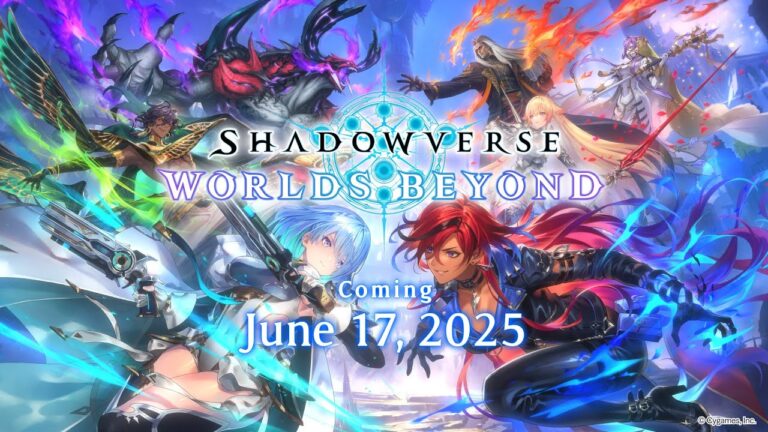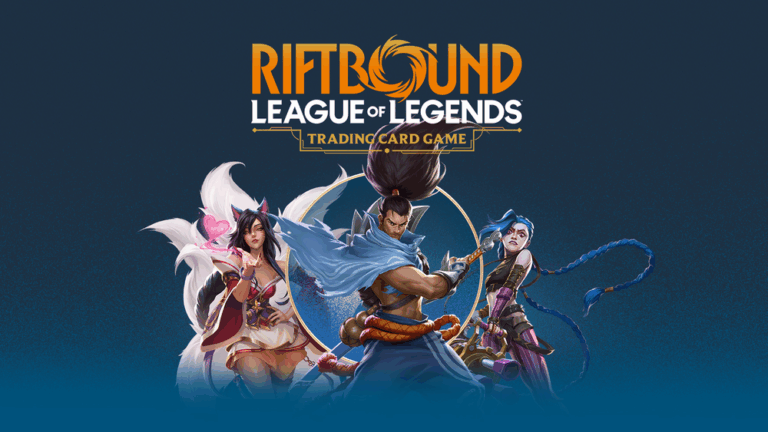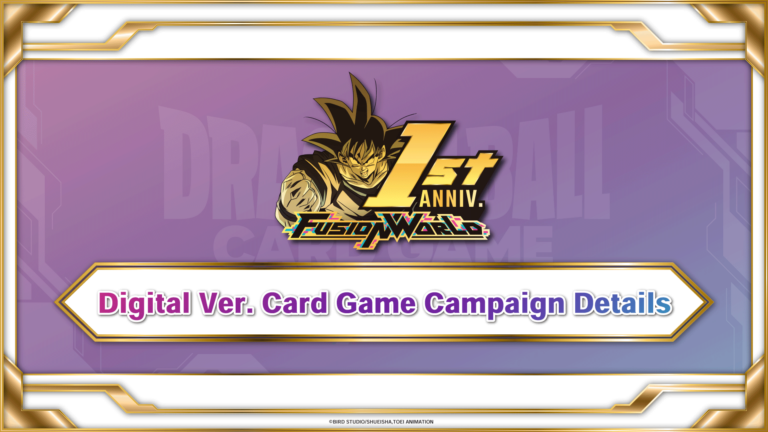Table of Contents
Dragon Ball Super Card Game Fusion World is still in its infancy, but the card game community did attend a lot of the pre-release events already, with a big tournament in Japan held already, gathering 57 players. In this article, I will compile all this information about the early stages of the metagame, from the popular leaders, to those who achieved the best results.
A little disclaimer before we dive in all the data I manage to find. First, we don't really know the skills of each player at this point, meaning a veteran TCG player could have entered a tournament and crushed everyone simply on the back its piloting skills, rather than because their leader is a great one to play. We could argue a veteran TCG player probably knows how to assess the power of each leader and pick one suited for the metagame they expect and their own play style, but it felt important to note nonetheless.
Second, most of the tournaments we will discuss were featured pre-release events, meaning they were exclusively played with the starter decks, with no changes allowed to those. Then, the power of a starter deck could drastically change once we can include booster cards, or have 4 copies of all the good cards. We went in-depth on each starter deck in their own dedicated breakdown, if you're interested in those.
Japan did organize some tournaments.
Alright, we're done with the boring warnings, let's talk about the first organized play sessions for Dragon Ball Fusion World!
Frieza Dominates the Starter Metagame, While Broly, Cooler, Shine in Open Play
From the early reports we got in both the east or the western stores, Frieza seems to have won the most pre-release events so far, when only starter decks were allowed. In this particular metagame, Frieza's worst enemy, Broly, doesn't really have a strong deck, as most of its important cards are only in two copies. Then, with its worst matchup weakened by these rules, Frieza has been the best performing leader, edging Vegeta, which also posted nice results in those events.
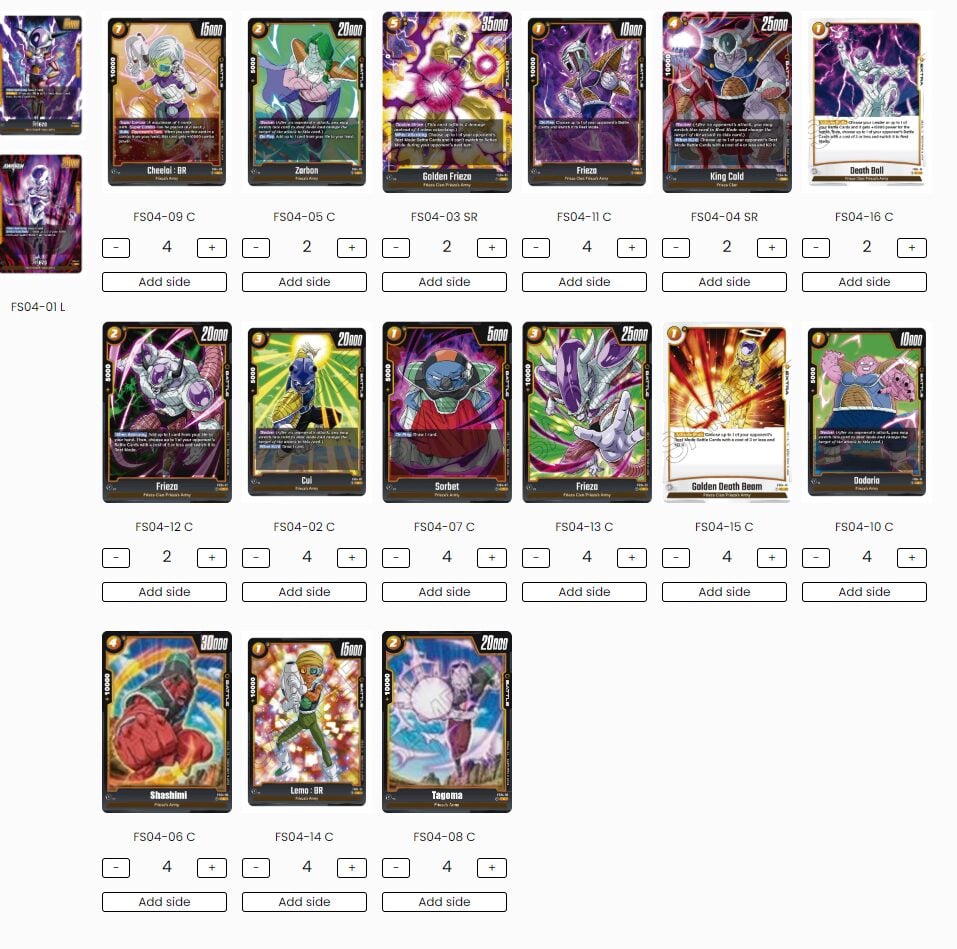
Once the limitation was lifted, however, Broly looked like a different beast, and put up much better results, with four wins out of fourteen reported events, the most for any leader so far. Trailing the Saiyan is Cooler with three wins, and Vegeta with two, while everyone except Ginyu, Son Goku (The starter one, not the Universe 7) and Trunks got a win.
If we were to look at the performance for each color, green got six wins, yellow four and blue got three. Red is looking to be the struggling color so far, with only one win, alongside being the only color with two leaders with no wins.
Here's the latest deck Cooler won a Shop Battle with:

Son Gohan Is a Dominant Front Runner in the Popularity Contest
Twenty-two out of fifty-seven players in the biggest tournament in Japan picked Son Gohan as their starting leader. This is about 38% of the whole tournament and thirteen more entries than Goku Universe 7. Another mind-boggling statistic is that Son Gohan was more popular than any color, as blue totaled seven decks while red and yellow had eleven.
The other difficult information to process is how Son Gohan didn't win this tournament. More than a third of the field was Son Gohan, this is such a huge advantage to claim the victory as a leader. So we have to ask ourselves why didn't Son Gohan win that tournament?
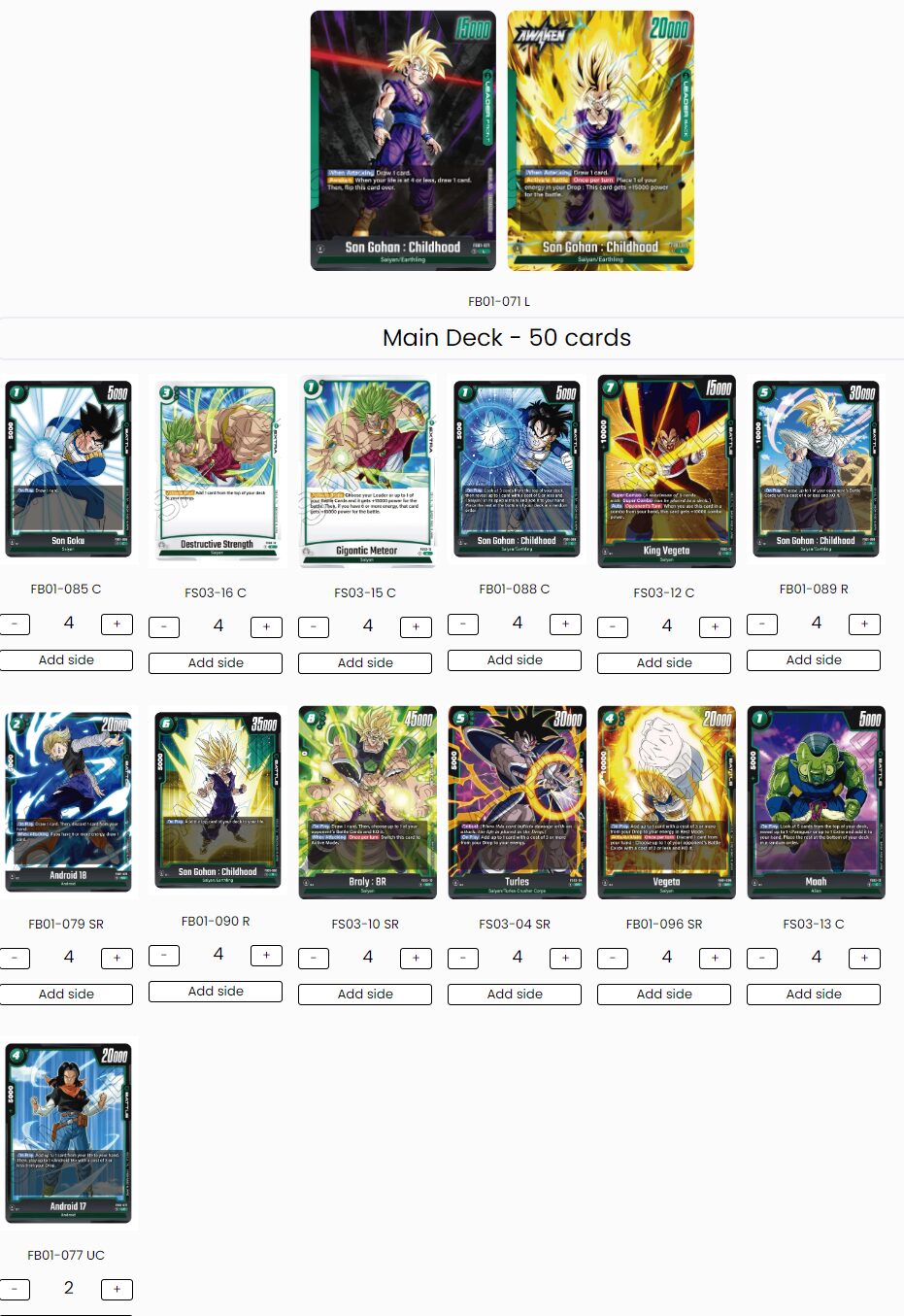
Looking at the list which was shared online for Son Gohan, I was a little perplexed by certain cards not being included in the deck. In particular, Son Goku (5), a card which looks like it was printed to be played in Son Gohan deck, as it makes your leader's ability free to use. Considering green's only goal is to stay alive until the later stages, having a card which combines both a ramping ability, and enable your leader to basically protect himself from an attack every turn, I felt that omission was pretty big.
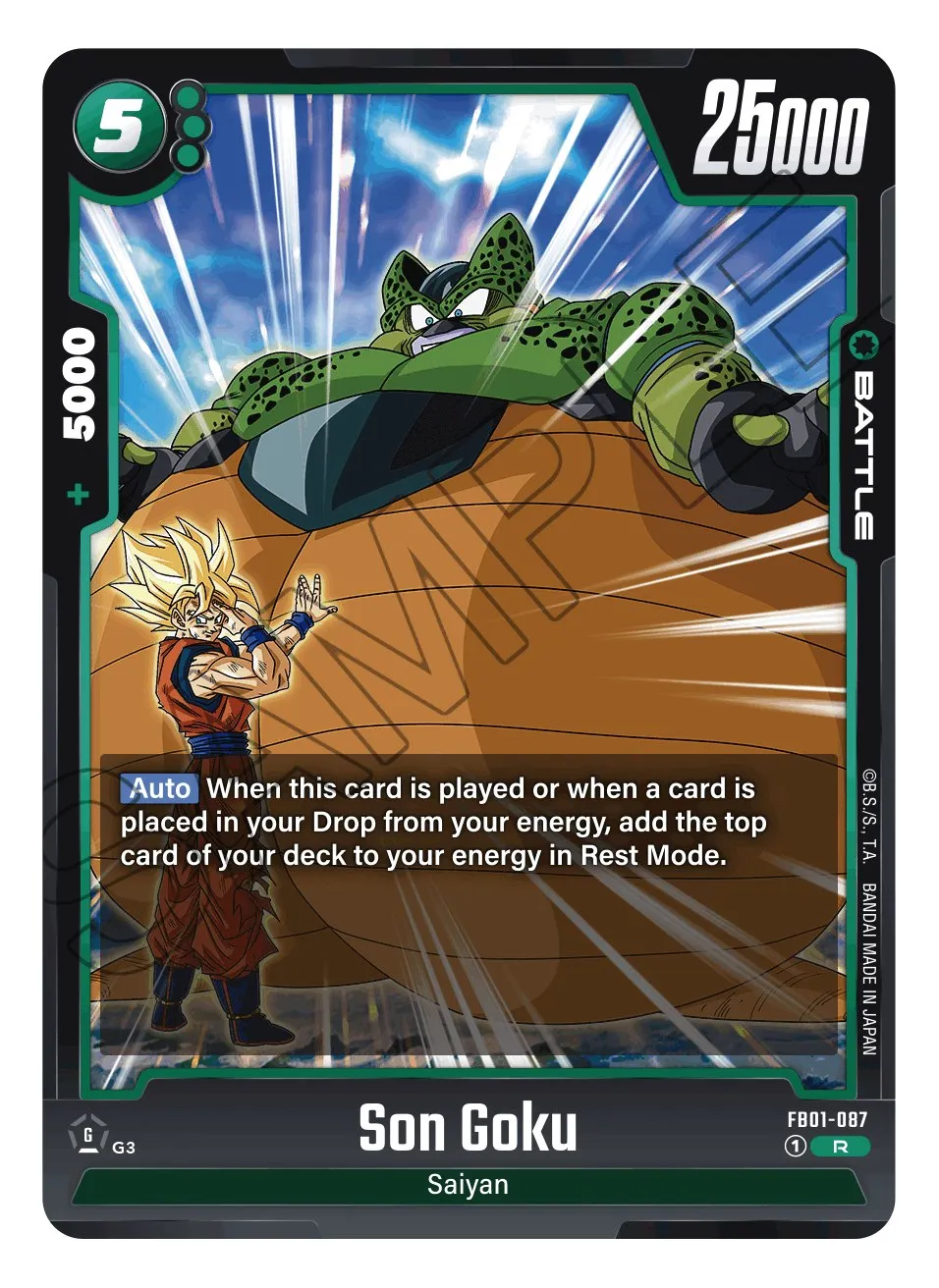
The other card I was curious about being left out is Trunks: Future (3), a card with "If your Leader is <Son Gohan: Childhood>" written on it. I've read the argument that we don't get the KO's ability if the card is reduced to 0 power by a red opponent. Alright, but then it still leaves three colors against which Trunks is solid, while you can always toss it as an energy card against red, if you think your opponent is playing a red deck with loss of power affliction.
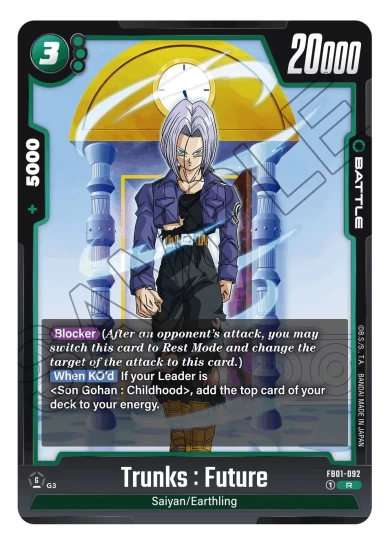
The other problem I had with the deck was the very low amount of 10,000 combo power cards included. Especially in a deck based on protecting its leader for a large part of a match, only two cards with 10,000 power felt a bit lackluster.
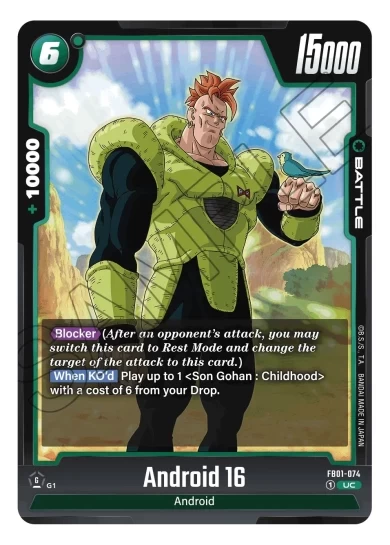
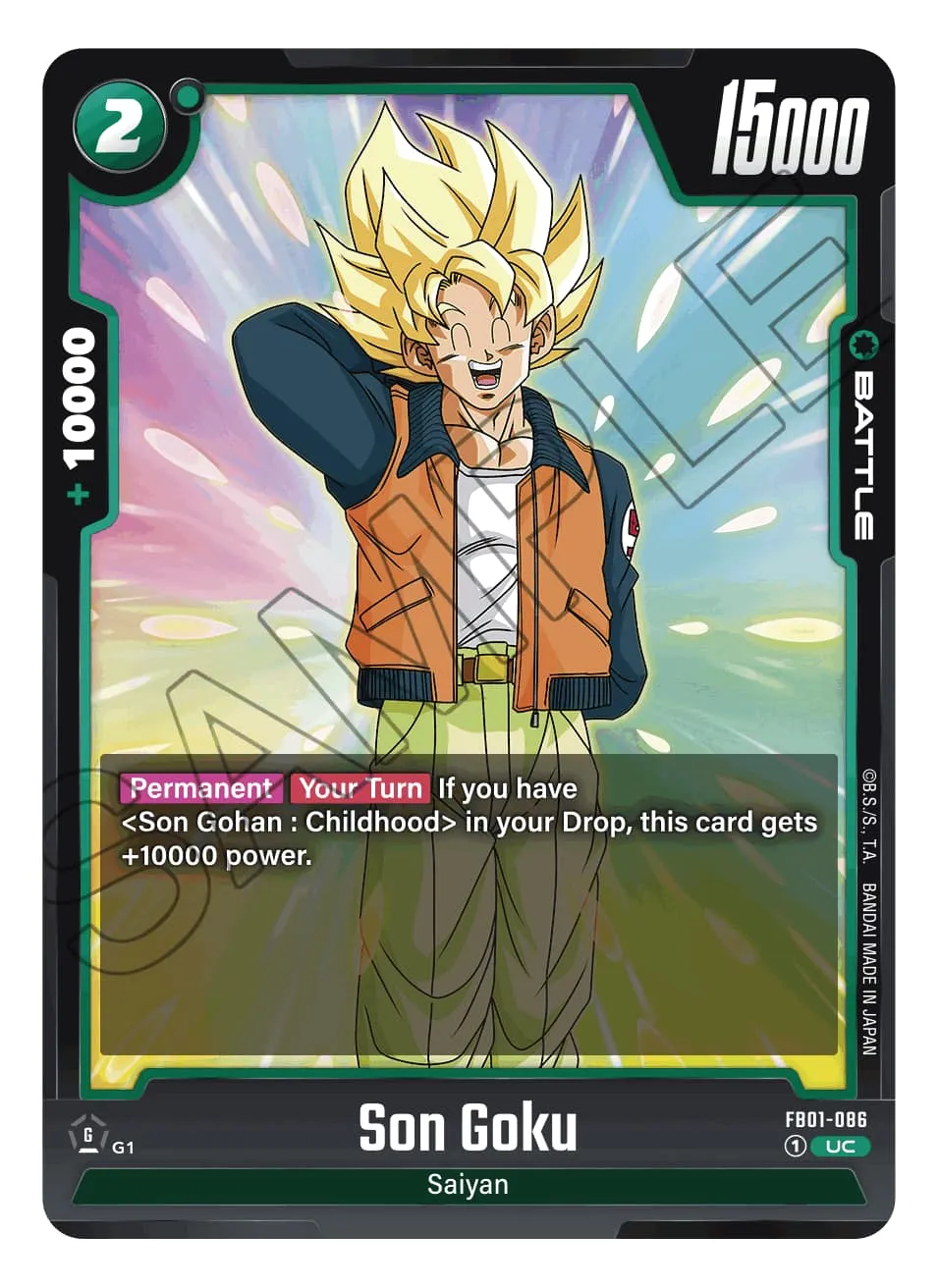
These two in particular, felt like they would perfectly fit the deck considering the cards already included in there. One could also have considered some vanilla cards at expected important thresholds, like the cheap ones at one or two energy to help with removing opposing battle cards early on, as they all possess the maximum combo power.
For reference, here is another Son Gohan list which won a shop battle in Japan, and I like the list a lot more:

Aggressive Strategies Lead the Way in Ramp Dominated Metagame
Ginyu didn't get a store win yet, at least not according to the information available online, it did win the biggest tournament to date, with 57 players involved and no restriction when it came to deck building. In that tournament with half the field playing green, Ginyu's super aggressive mindset punished those who thought they could ramp in piece. That tournament also had nine players on Son Goku (Universe Seven), which is supposed to be a much tougher opponent for Ginyu, but that didn't seem to stop the deck from winning it all.
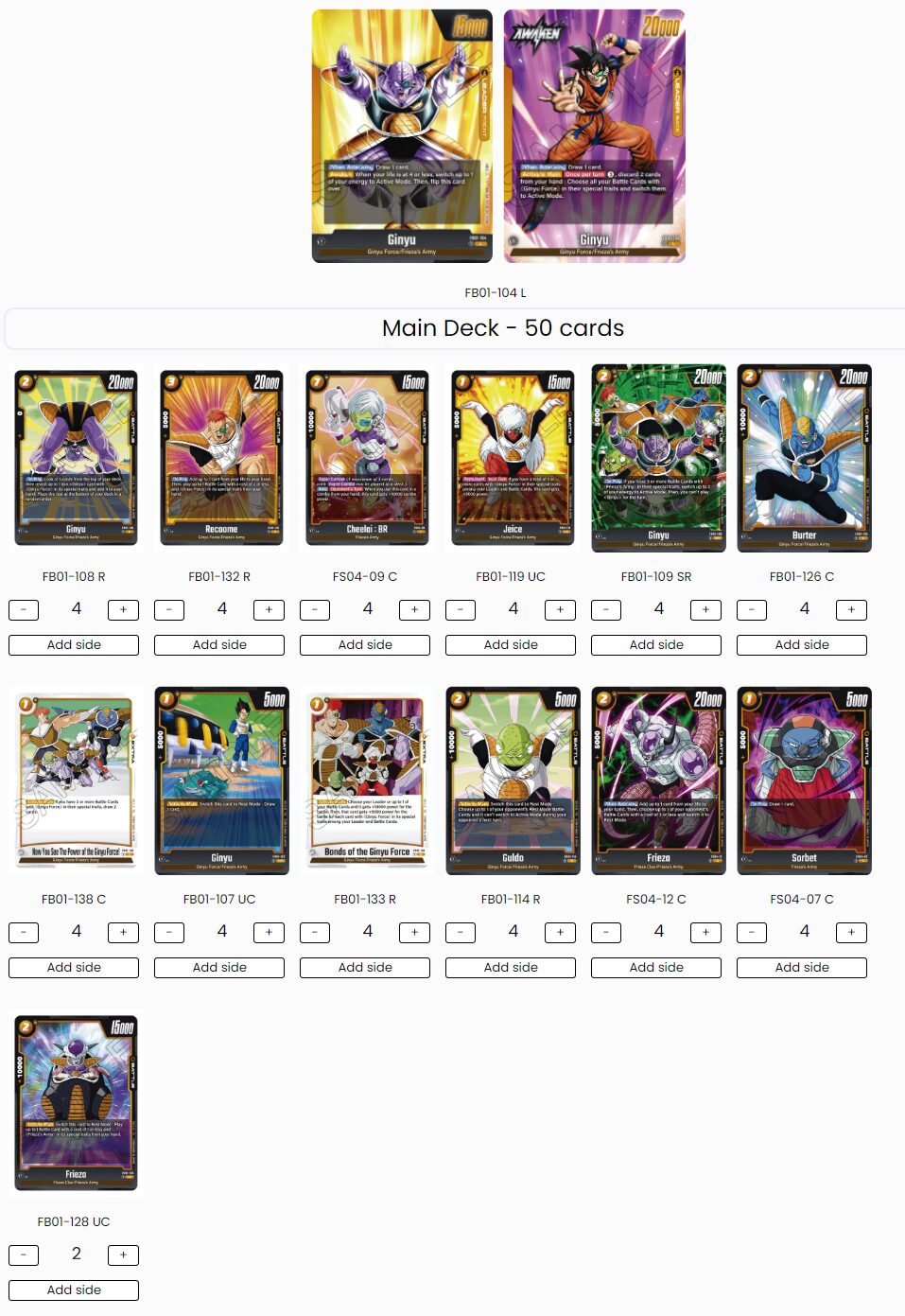
Looking at the list, there are a couple of observations we can make:
- As expected, the Ginyu deck looks like a fairly simple one to build, at least the core, as there are nine cards with the "Ginyu Force" special trait in this deck, representing 27 cards total. There are more you could add to the deck, but Body Change doesn't really fit a swarm deck, and the pilot decided to include cheap draw options rather than play the 3-cost Ginyu card. The end result if a super aggressive deck, with four copies of Frieza (2) added, arguably one of the strongest cards in Yellow if you are a proactive deck looking to quickly awaken.
- The average cost for a card is extremely cheap, a logical consequence of the awakened ability requiring three energy to be activated. Then, Ginyu felt like it was best played as a low cost swarm deck, looking to abuse its Leader ability to close out the game. The two copies of Frieza (2) enabling to play a 1-cost card for free is another example of the deck's direction.
- Having no real heavy hitter doesn't seem to be a problem for Ginyu, relying instead on a multitude of attacks. Plus, with the swarm ability this deck possesses, I wouldn't be surprised if Bonds of the Ginyu Force would represent a bonus 25,000 power on average.
Early in a metagame, it is totally normal to see such strategies post great results. Not only was the tournament populated with green decks, arguably the color Ginyu wants to go against, its super aggressive play style must have caught a few opponent's off guard too. Indeed, if you aren't an experienced player, these smash-mouth types of deck can be difficult to contain. You see them develop and can't come up with a plan to stop them without actually practicing the match-up ahead of the tournament.
Overall, I wouldn't be surprised to see Ginyu amongst the best performers early on, especially if the trend of green being the most popular color goes on. Once players had more time to practice against it, or refined decks will emerge, Ginyu might struggle a little more to develop its game plan.
Closing Words
During beta and even looking at analysis of the game, yellow was regarded as the potentially weaker color, especially as it had the worst match-up into green, which was expected to be very popular. Green has been very popular, yet, every yellow leader managed to win a tournament so far, all in different environments.
Obviously, this is still the early stages of the game, and most of the data available concerns store tournaments, with players maybe getting their hands on the cards for the first time. Still, even I believe yellow might suffer a bit from the fact you can use your card as soon as they hit the playing field, which limited the upside of the "put your opponent's card to rest mode" identity of yellow. I can only admit the early results, particularly Cooler's three wins in unrestricted play, are showing I was wrong, and maybe yellow has much more upsides than I saw at first.
I hope you enjoyed this first metagame report. Diving into the data from the first tournament was the closest I got to playing the game, as I unfortunately could get find a card reseller in my city so far. Then, expect more report from what is happening with Dragon Ball Super Fusion World around the world. This report was mostly about Japanese tournaments, as they had access to the cards and organized play a little earlier than the rest of the world. Soon enough, we should see what is happening in the American or European region as well.
If you needed to get in touch, you can do so through my Twitter page, or simply leave a comment below.
Good Game Everyone.

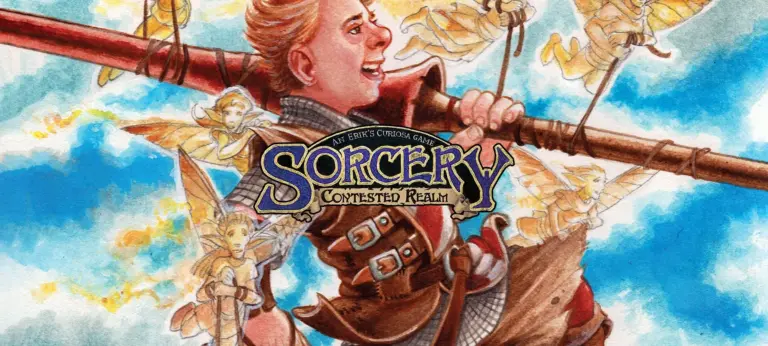


![Purchasing MANGA BOOSTER 01 [SB01]](https://dragonball.gg/wp-content/uploads/sites/36/2025/06/Shop_EN-768x447.png)
